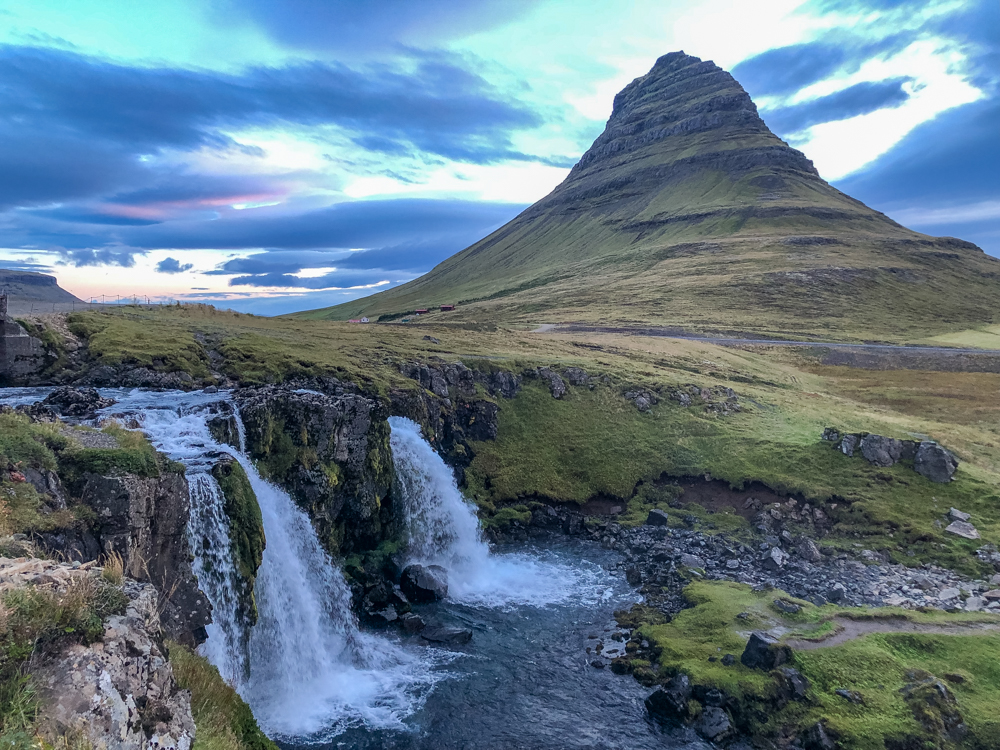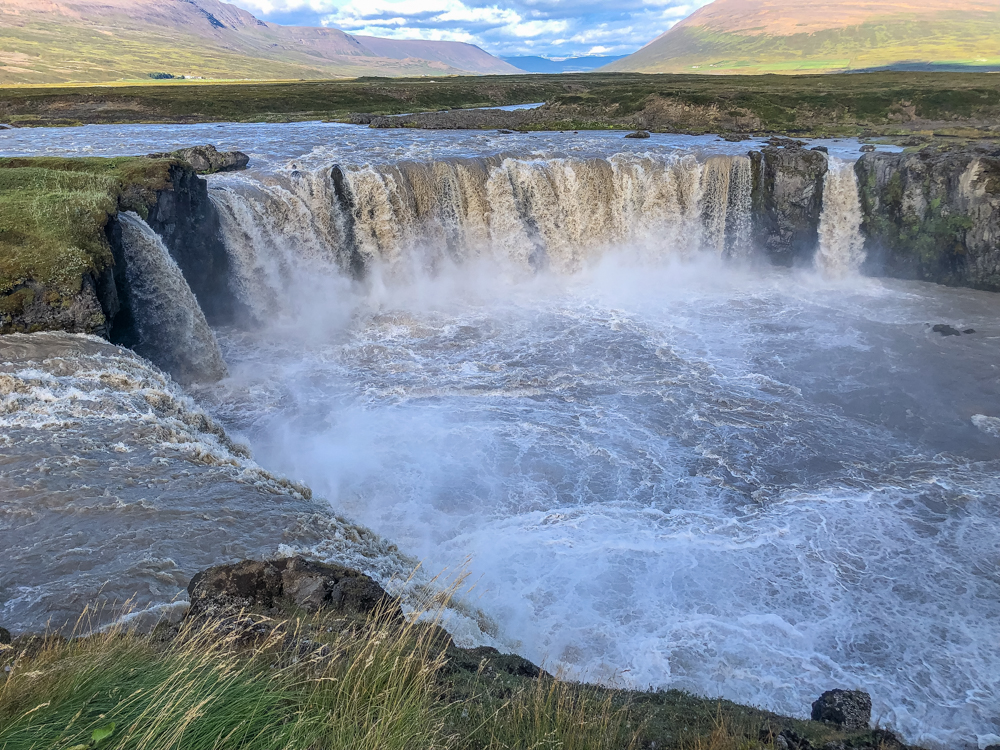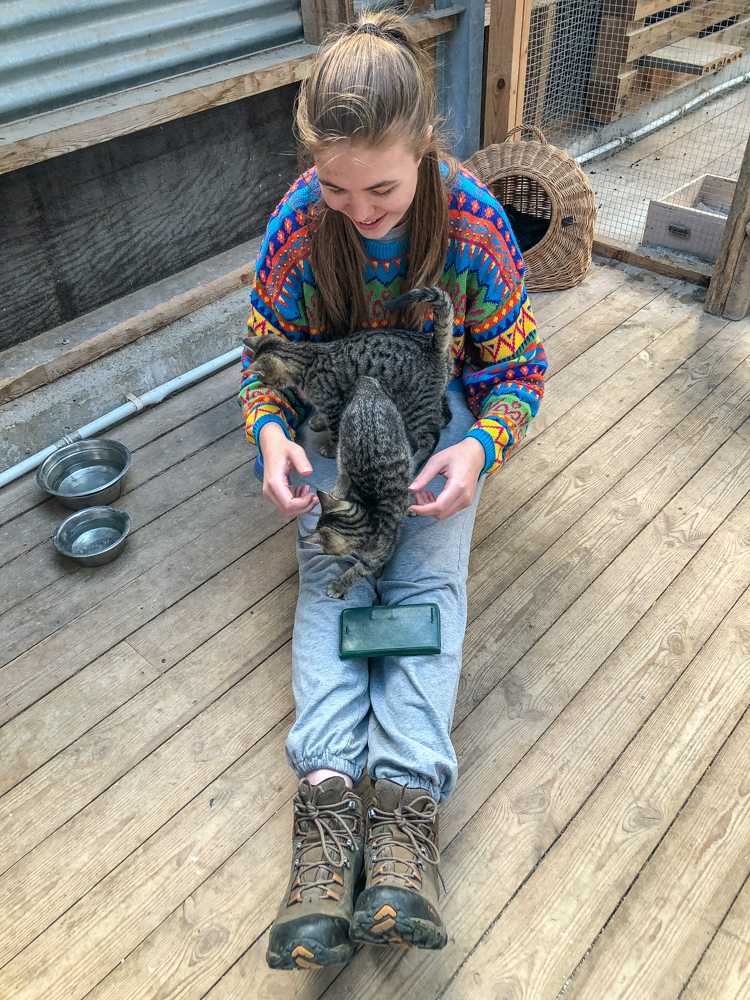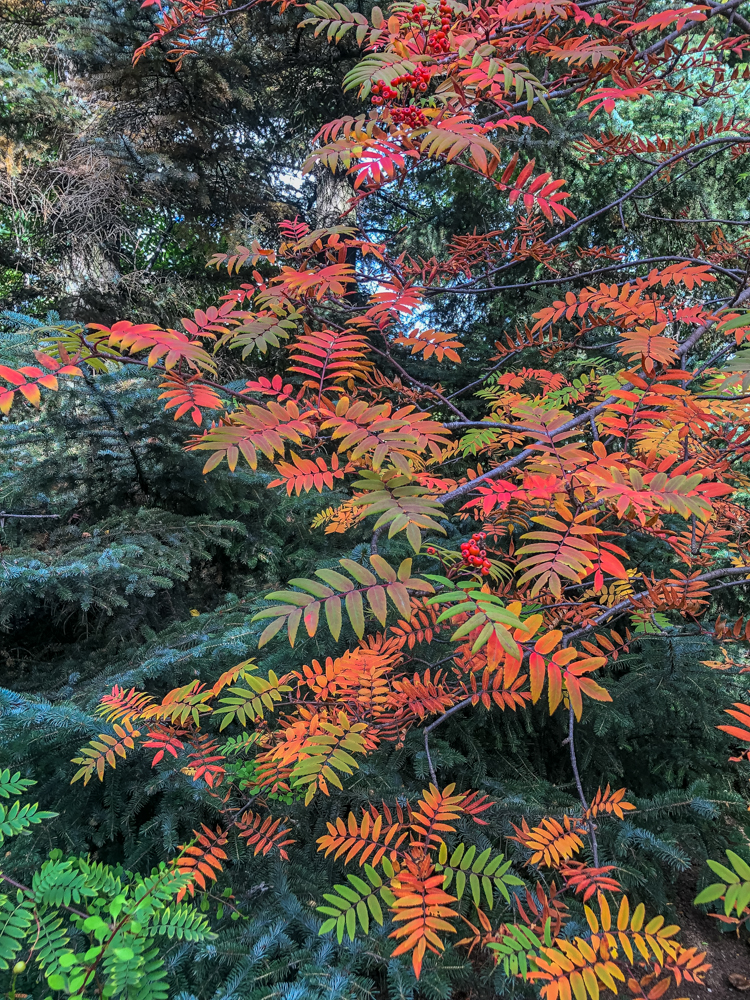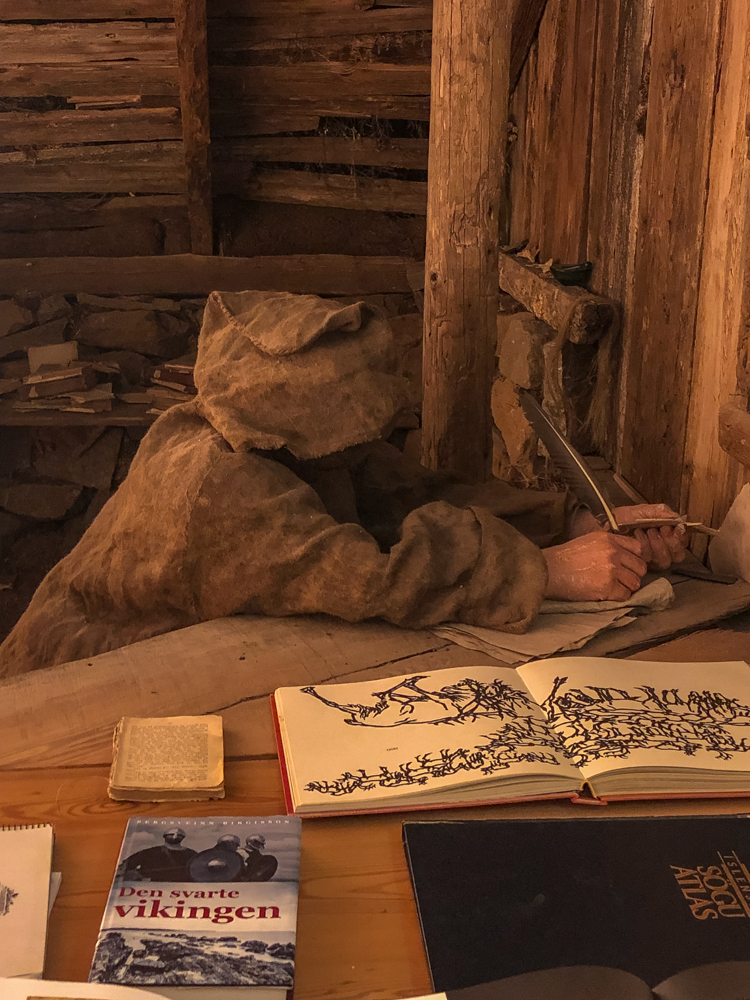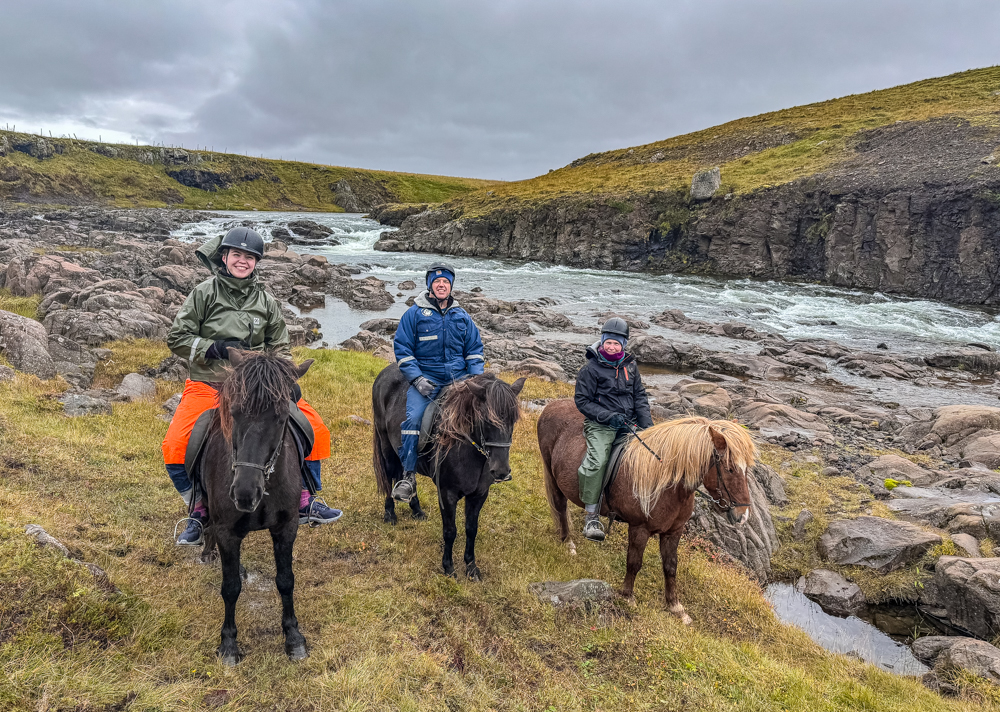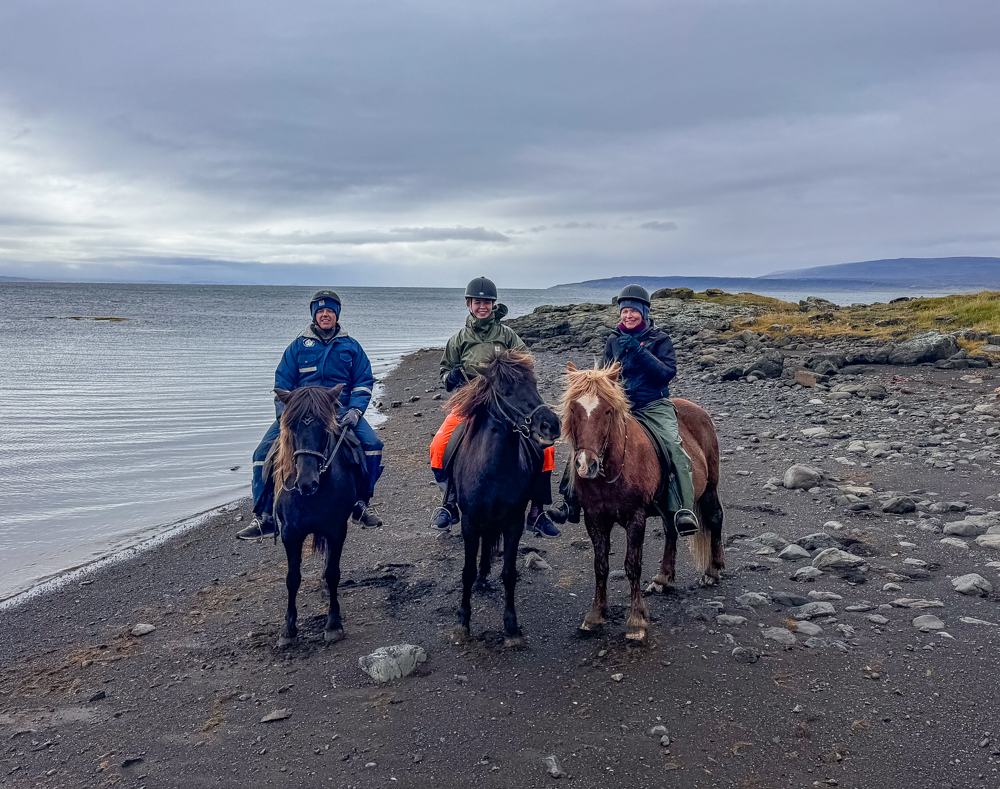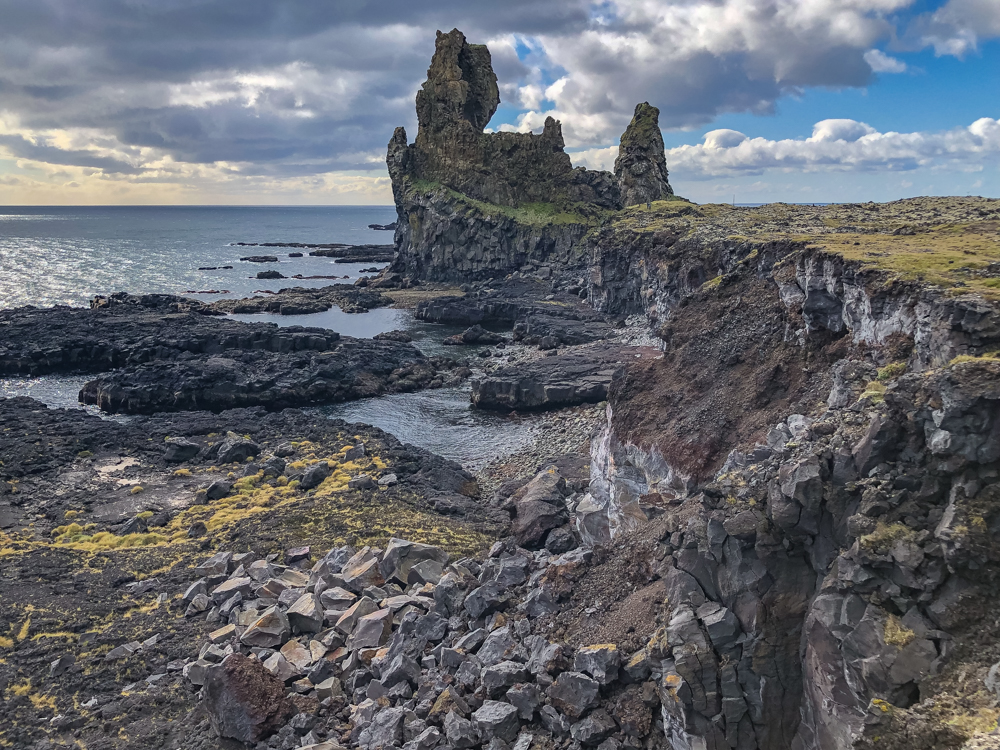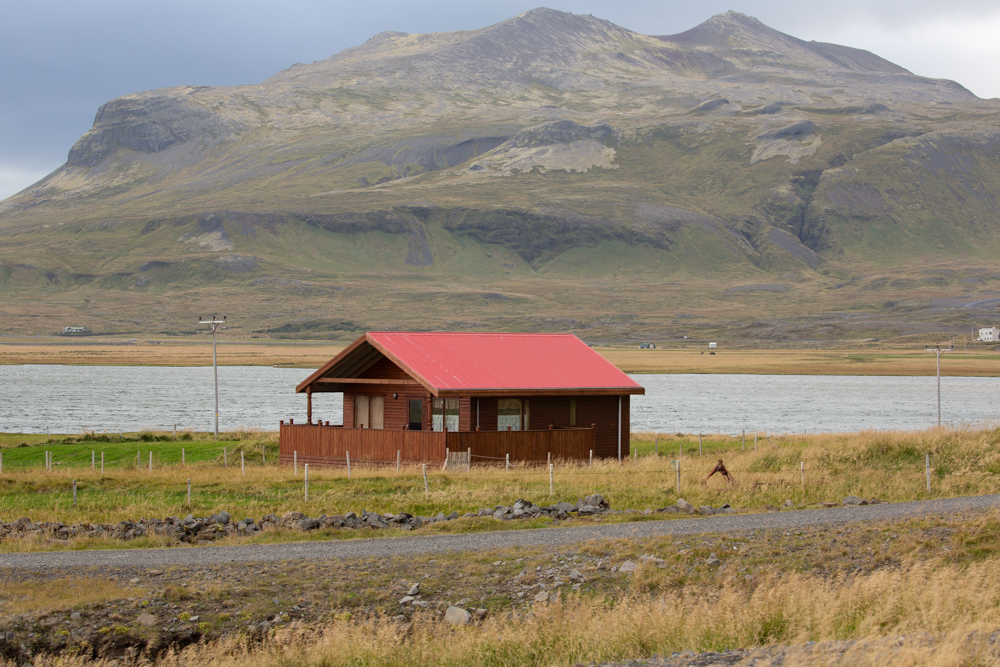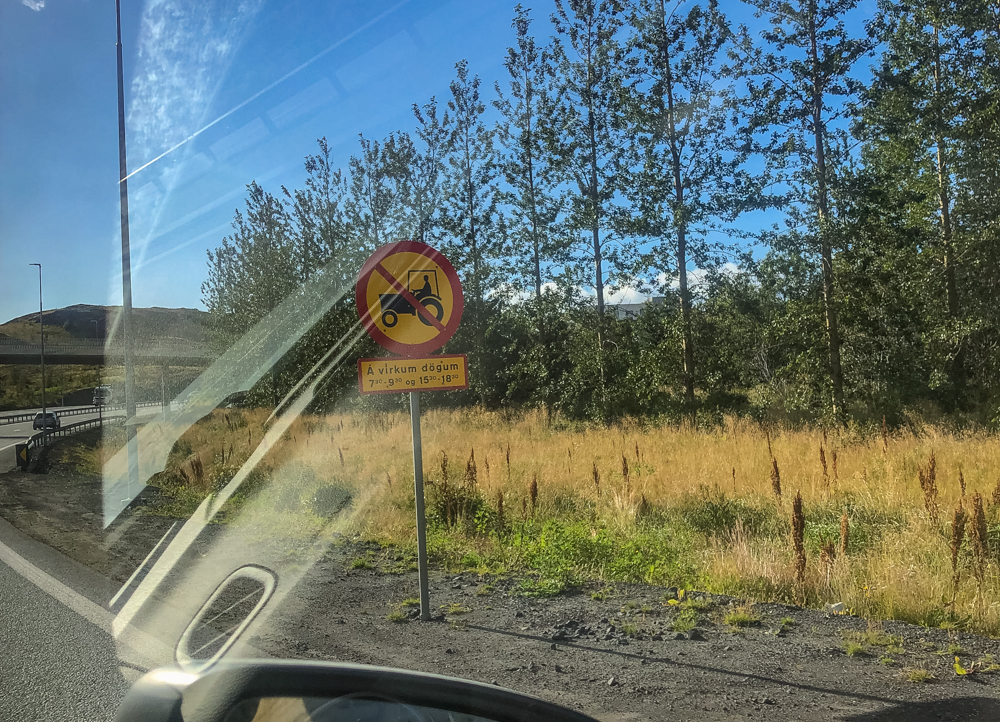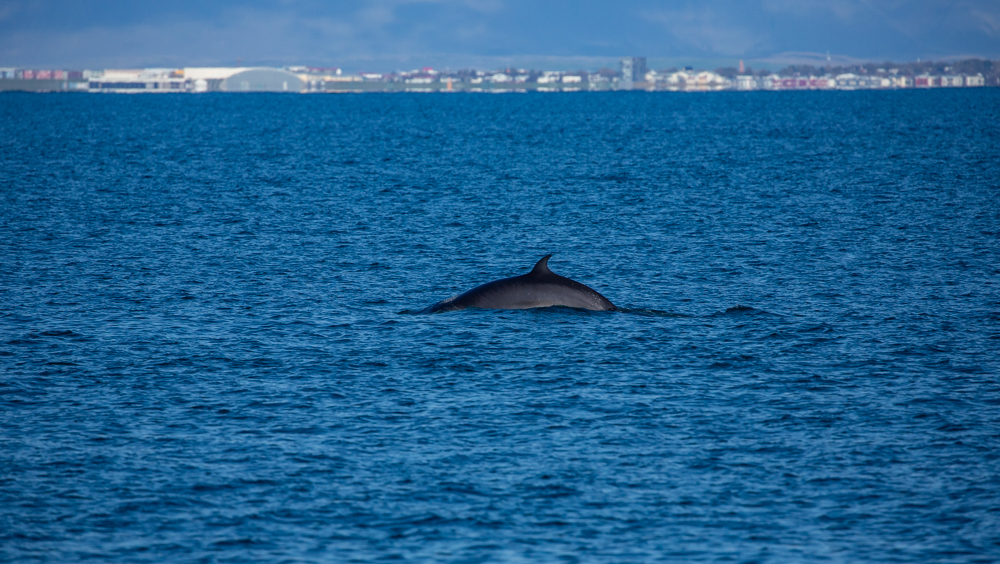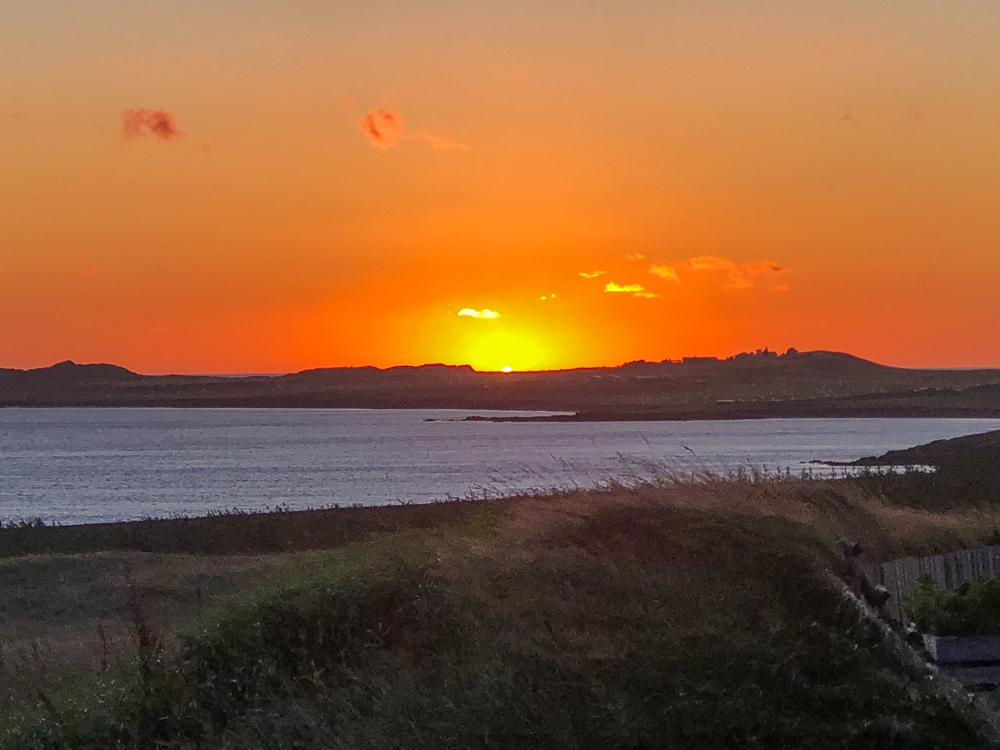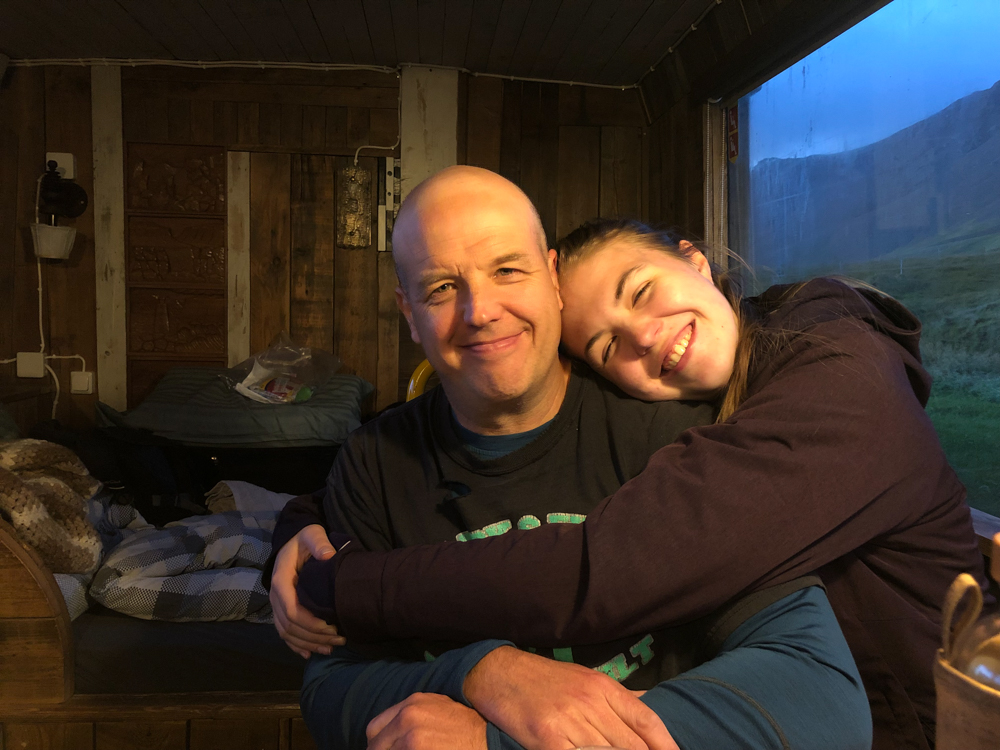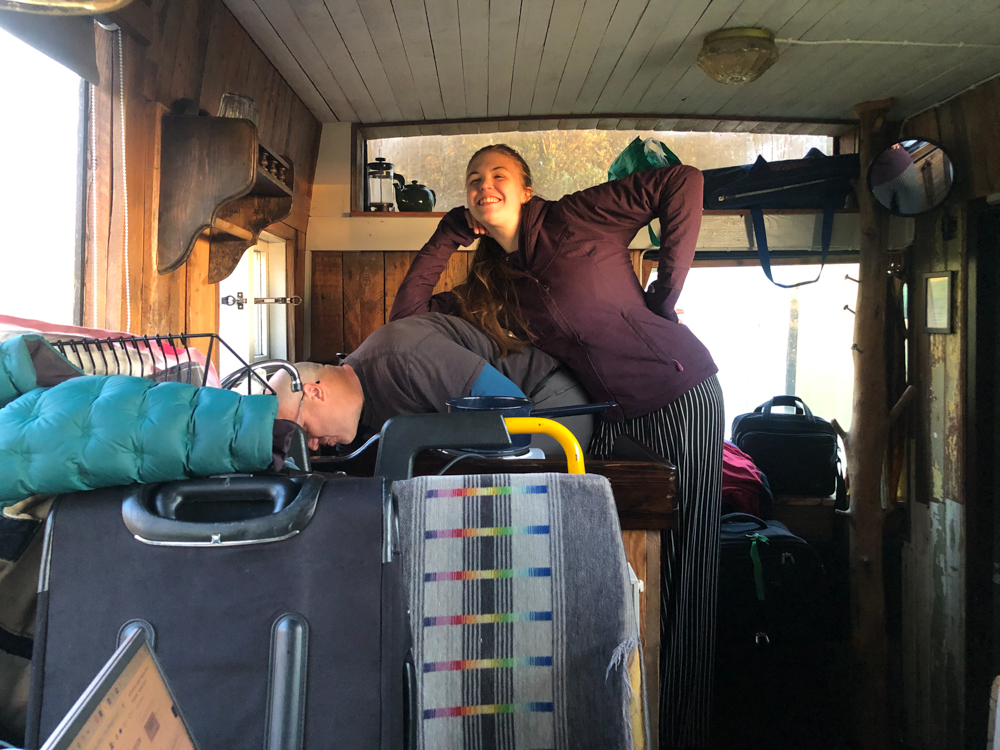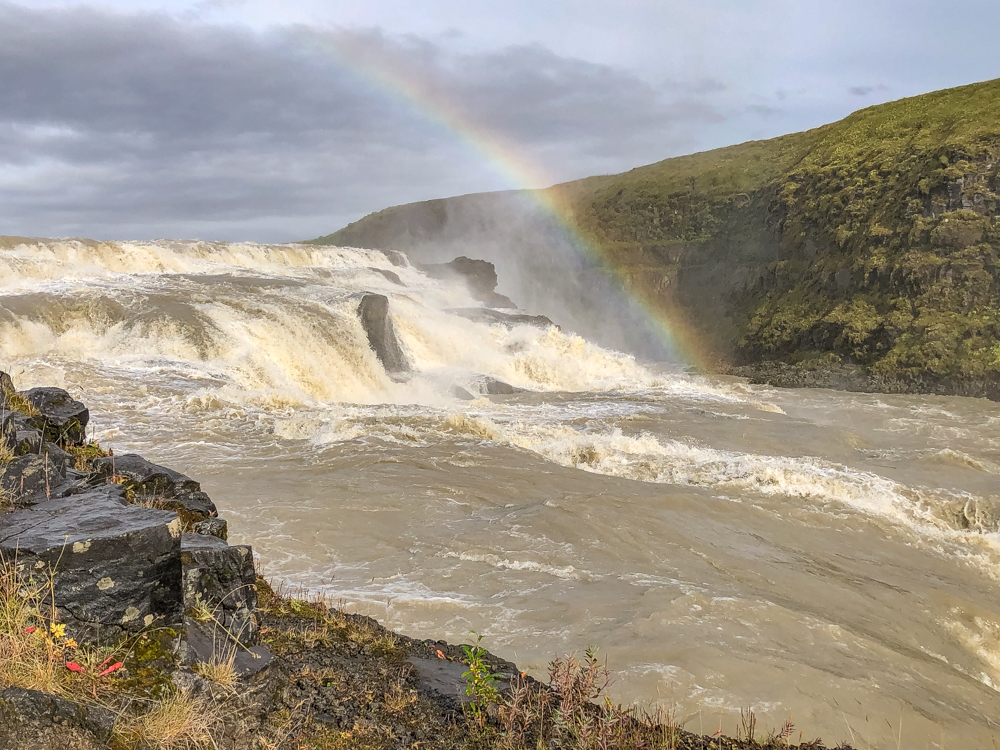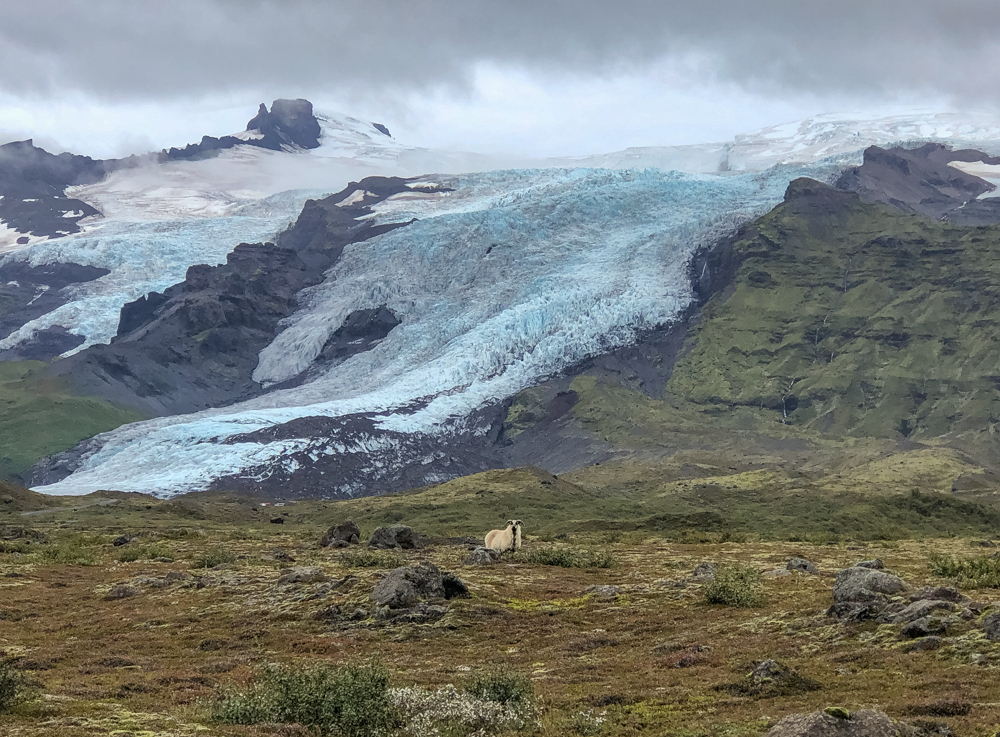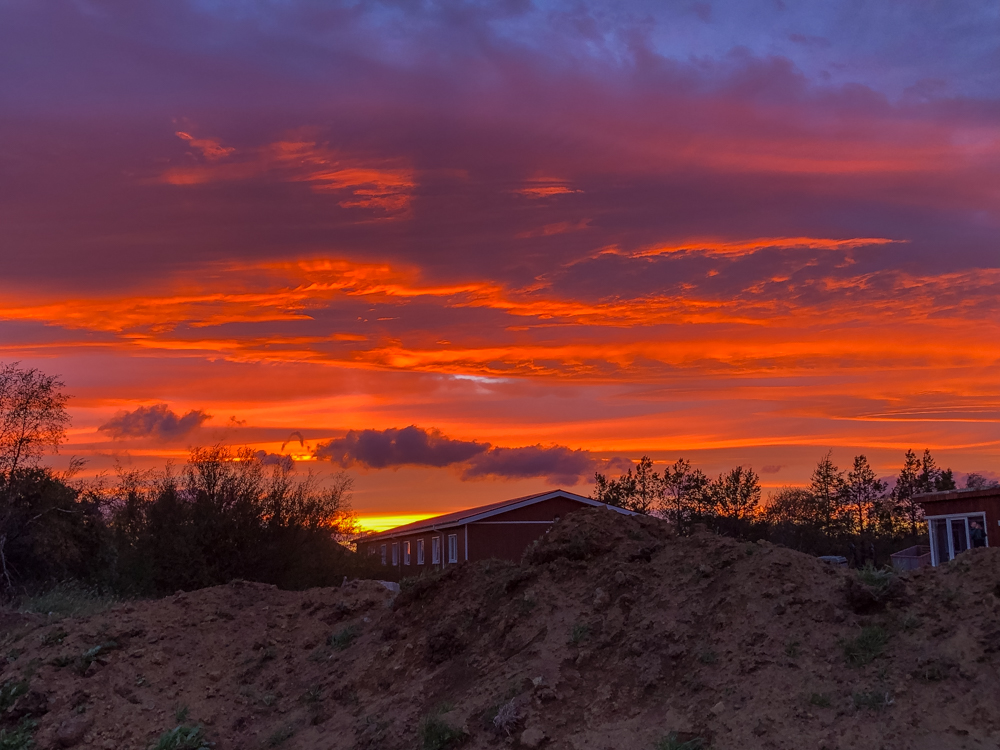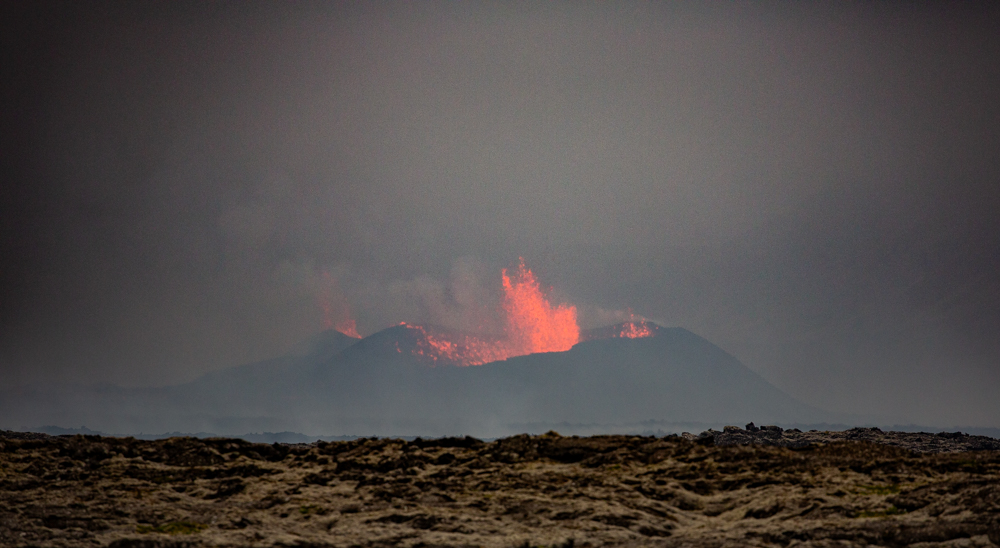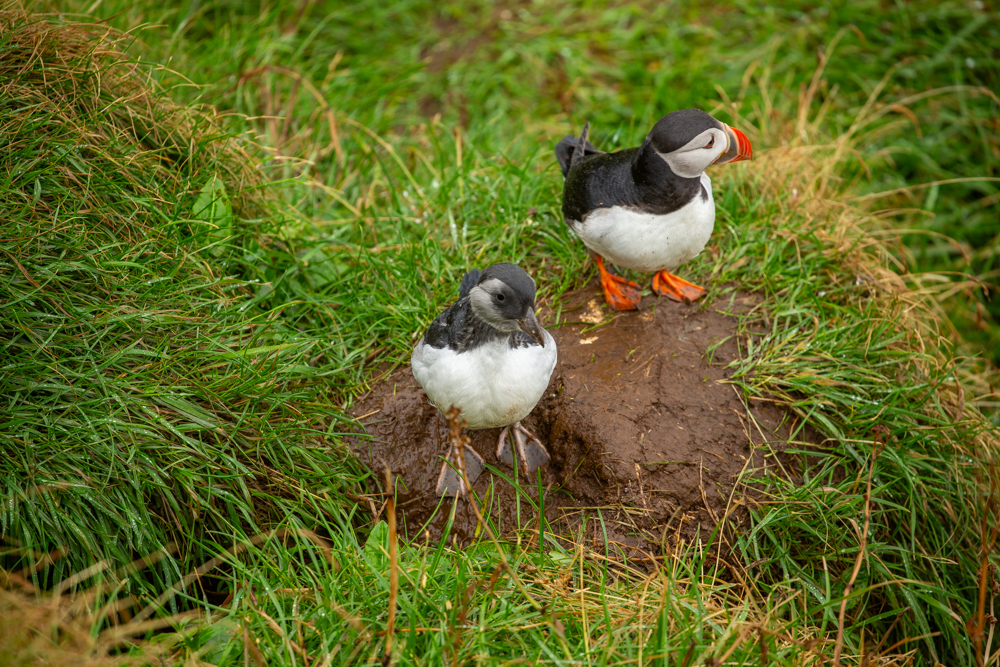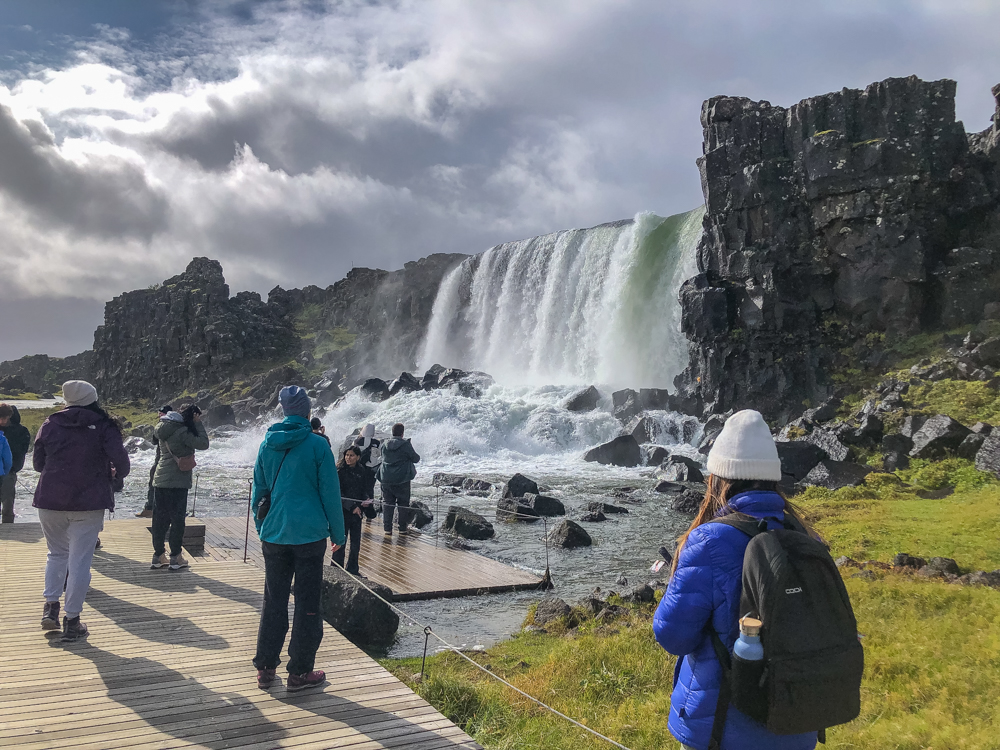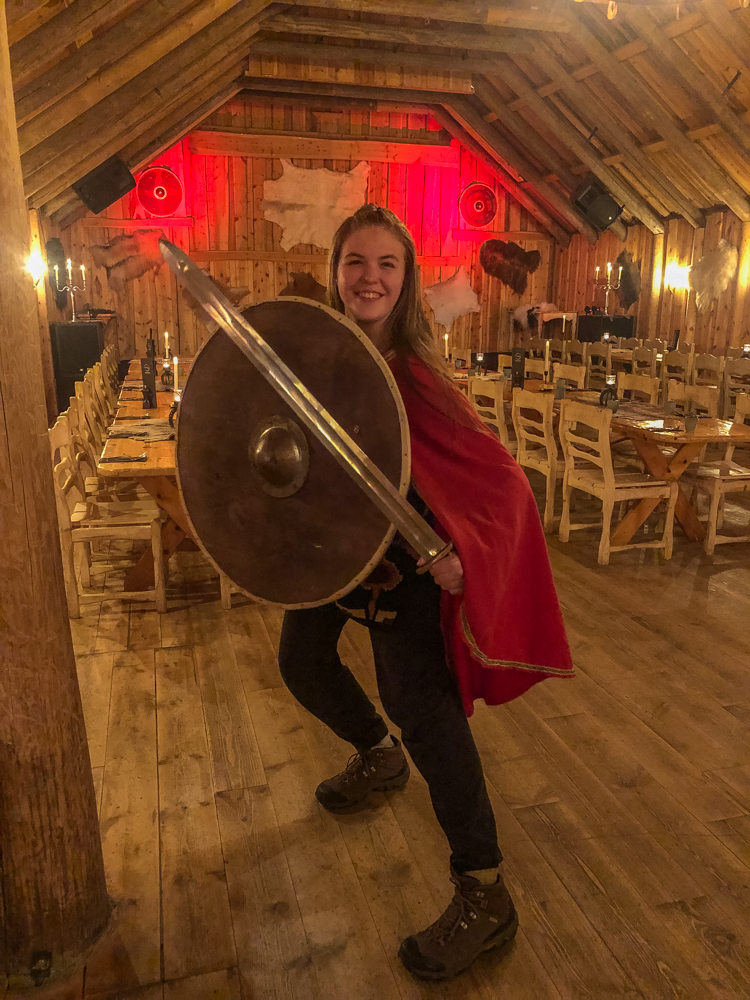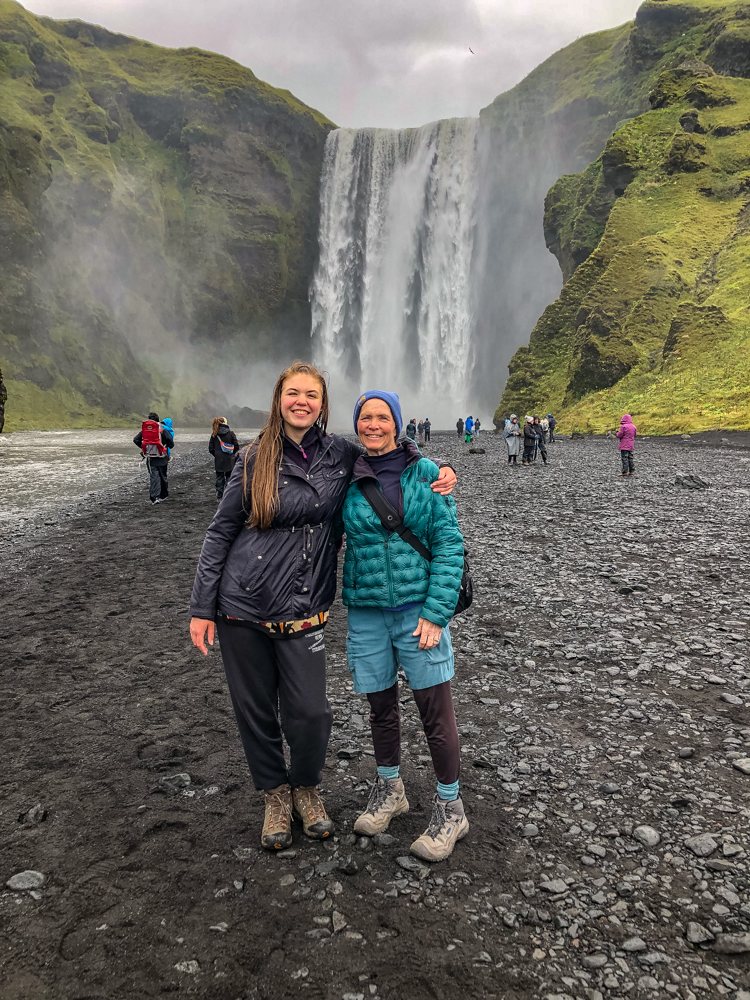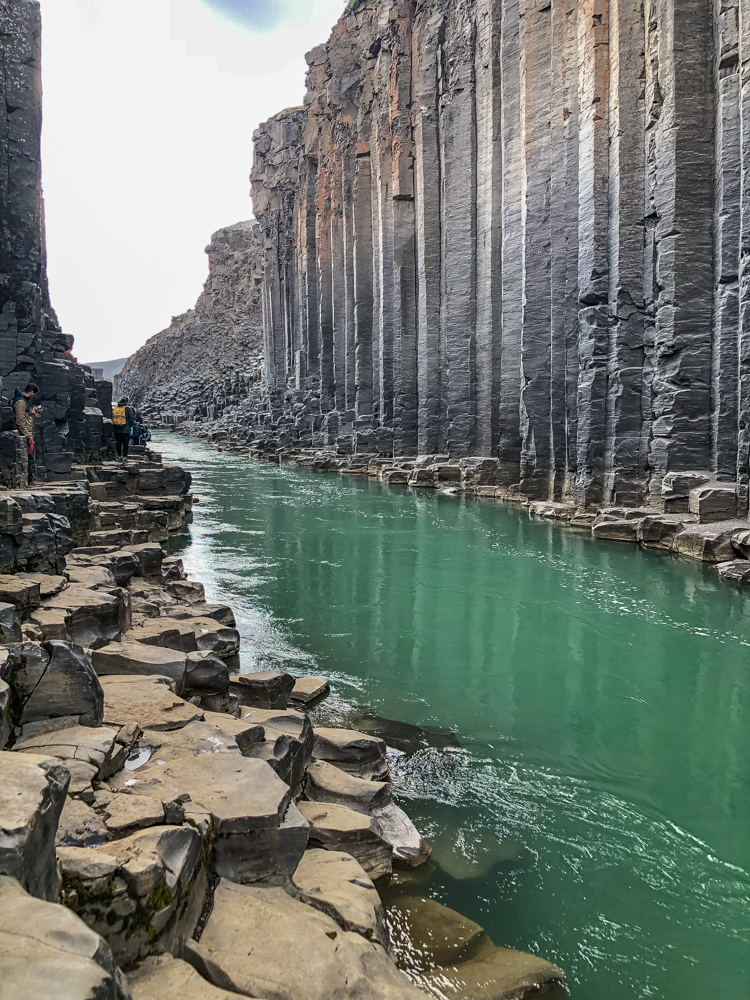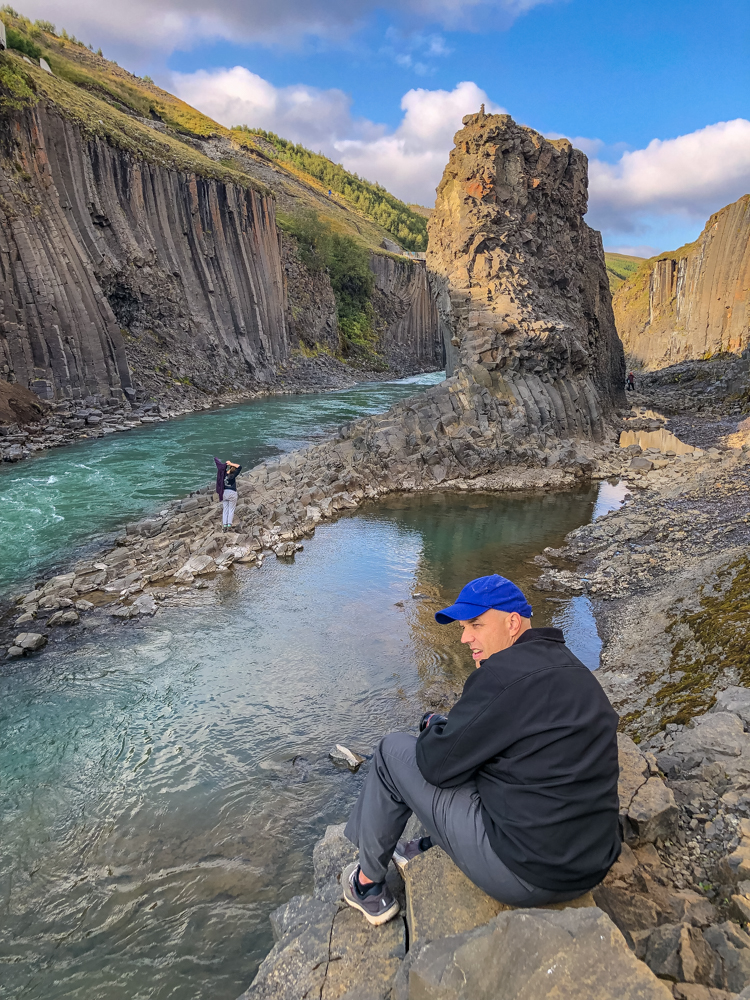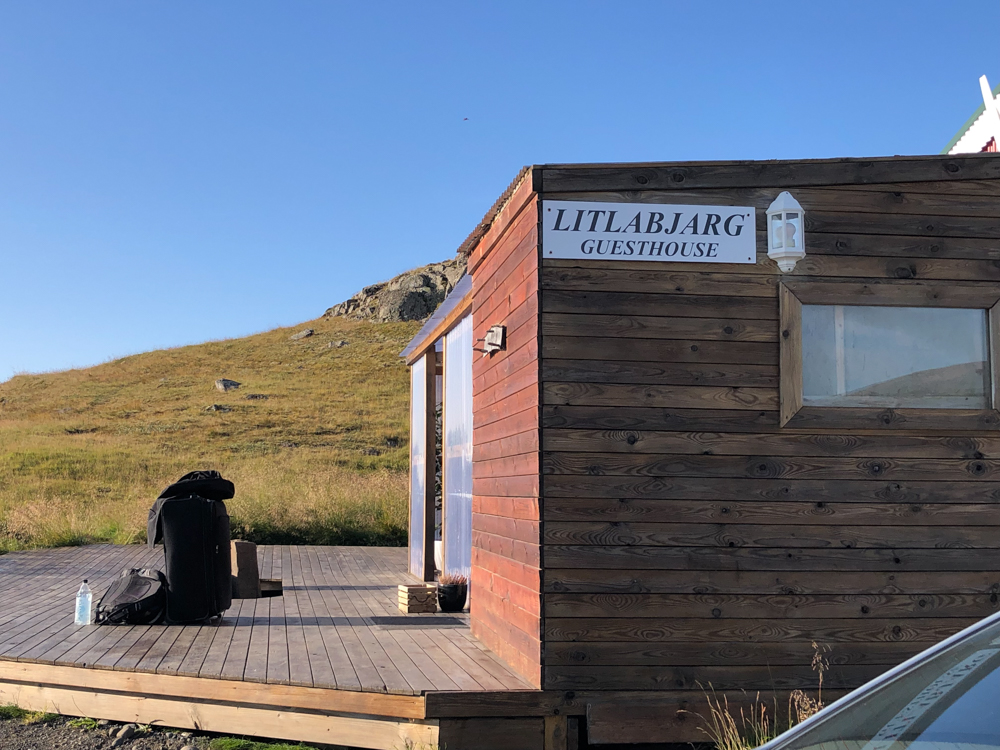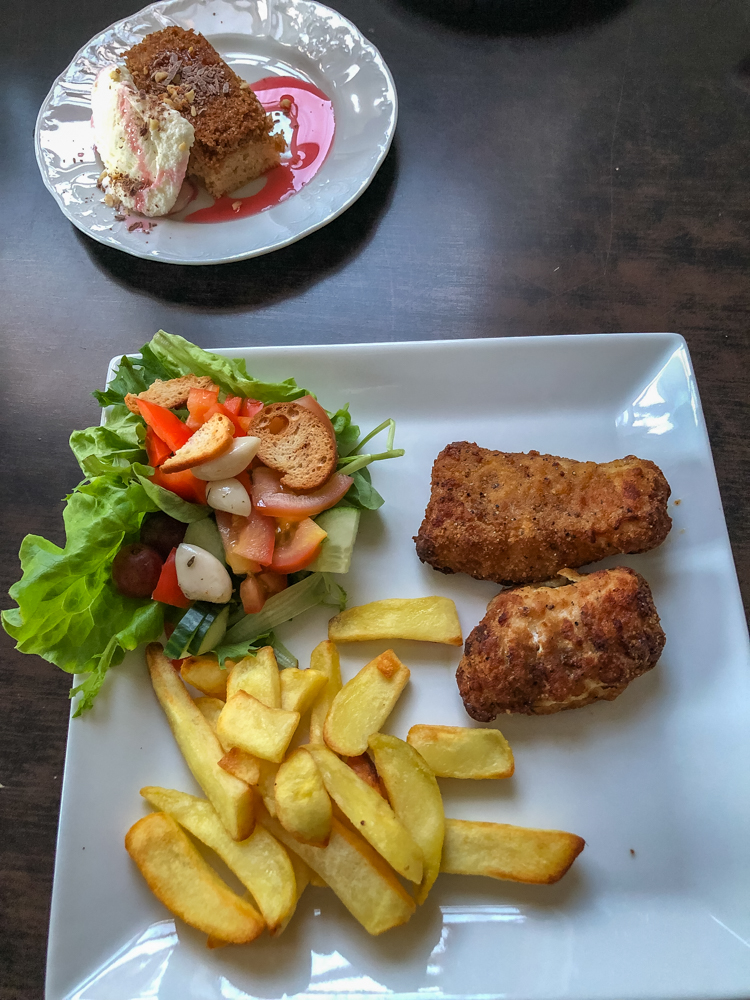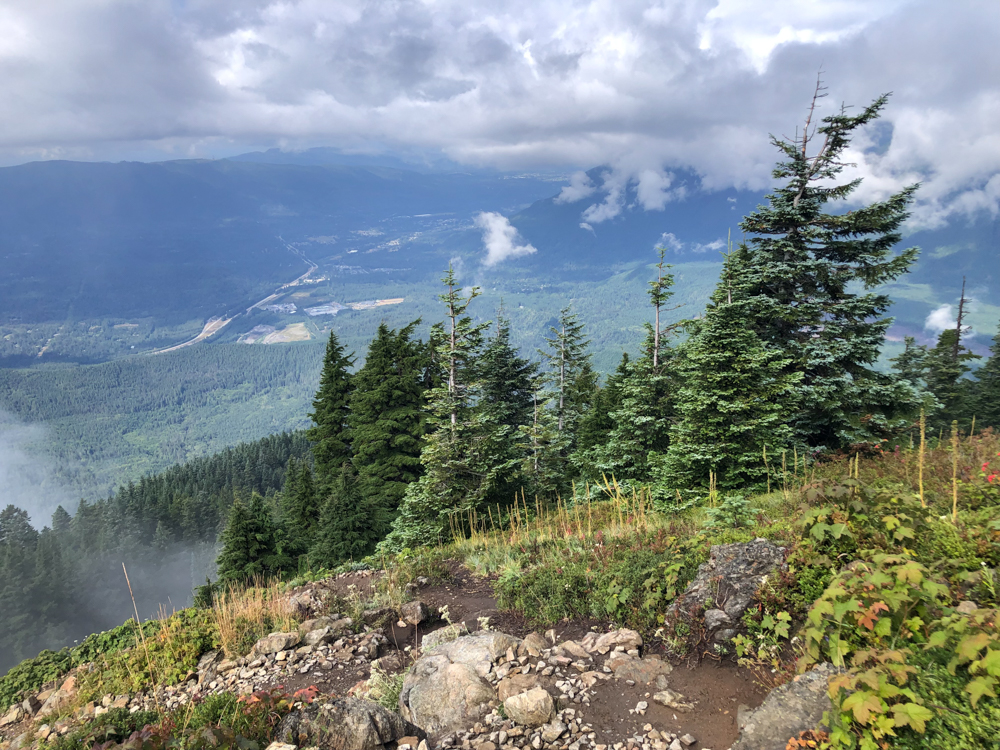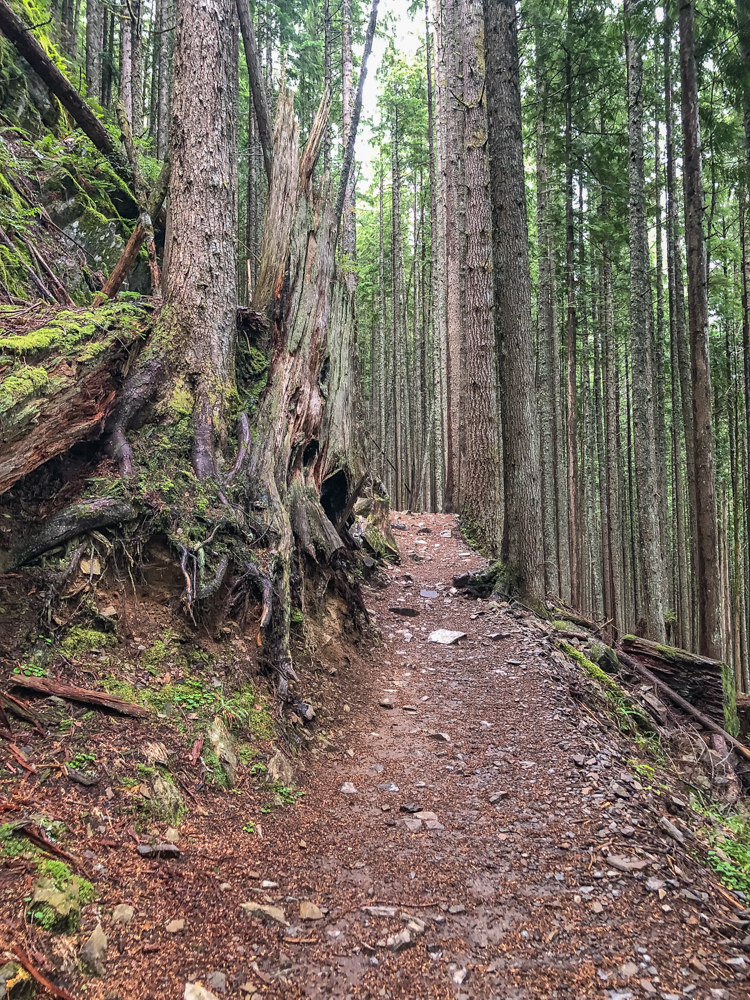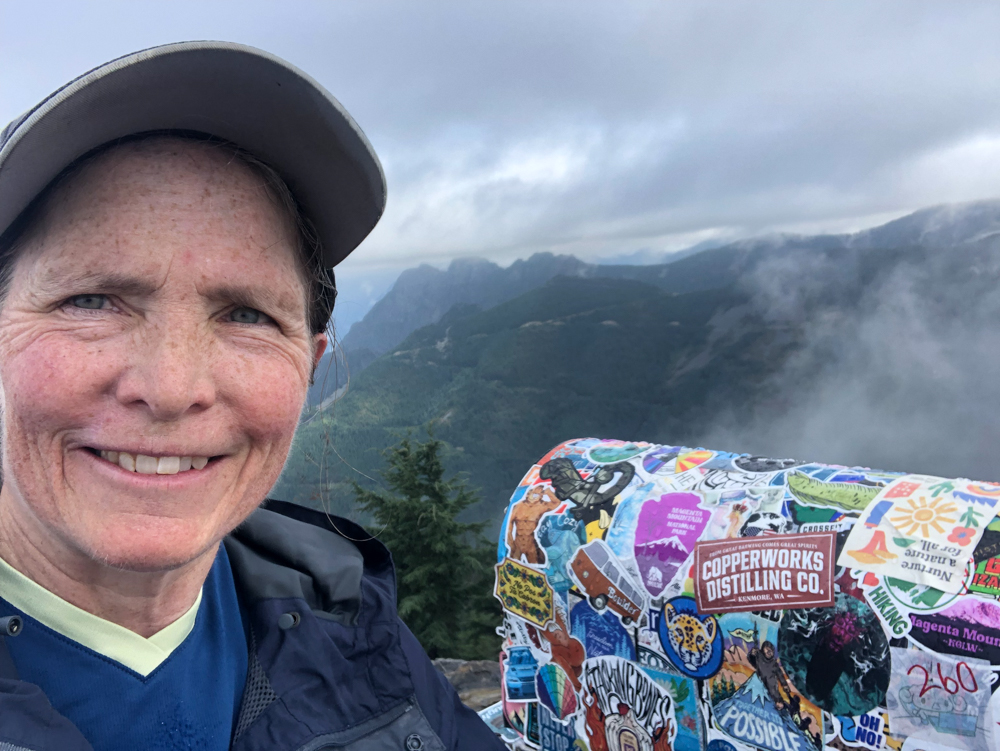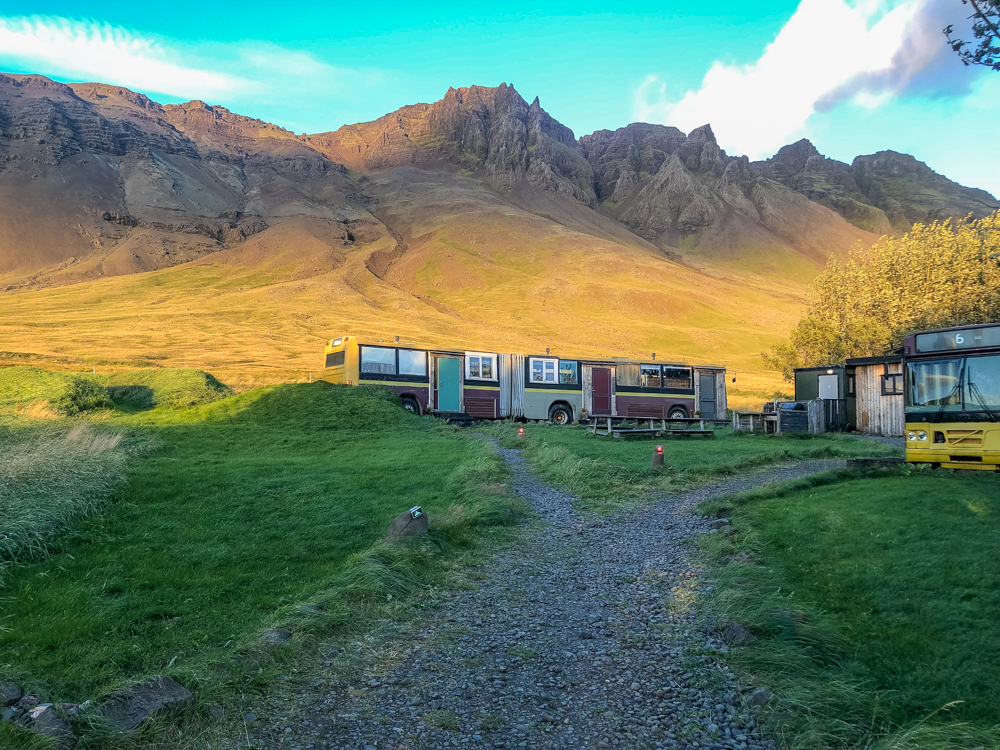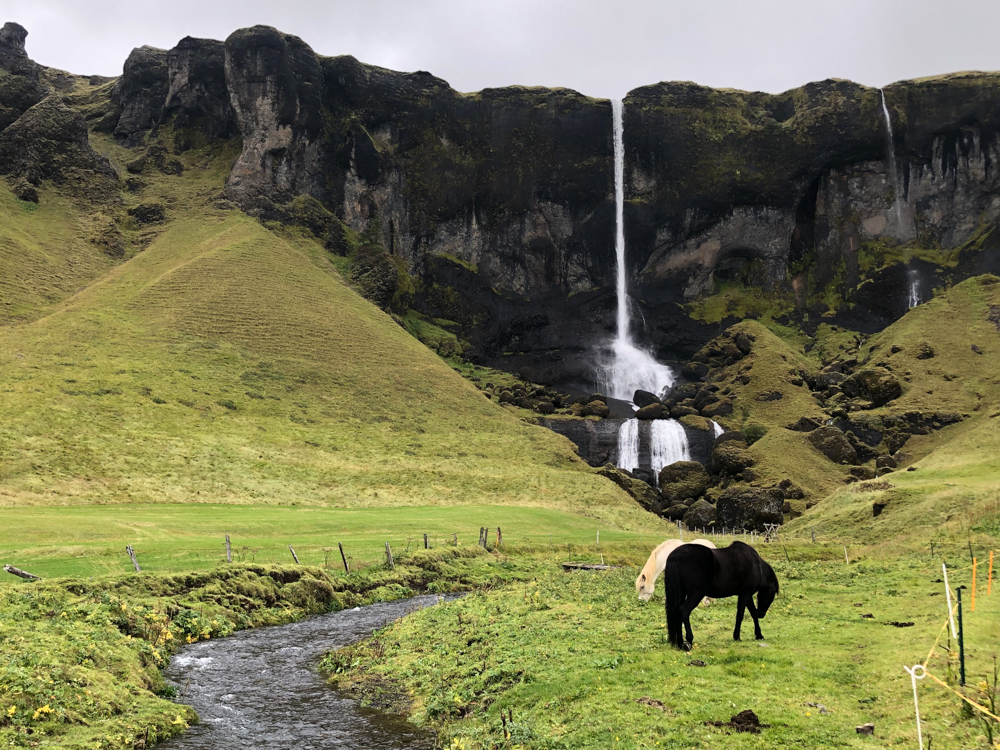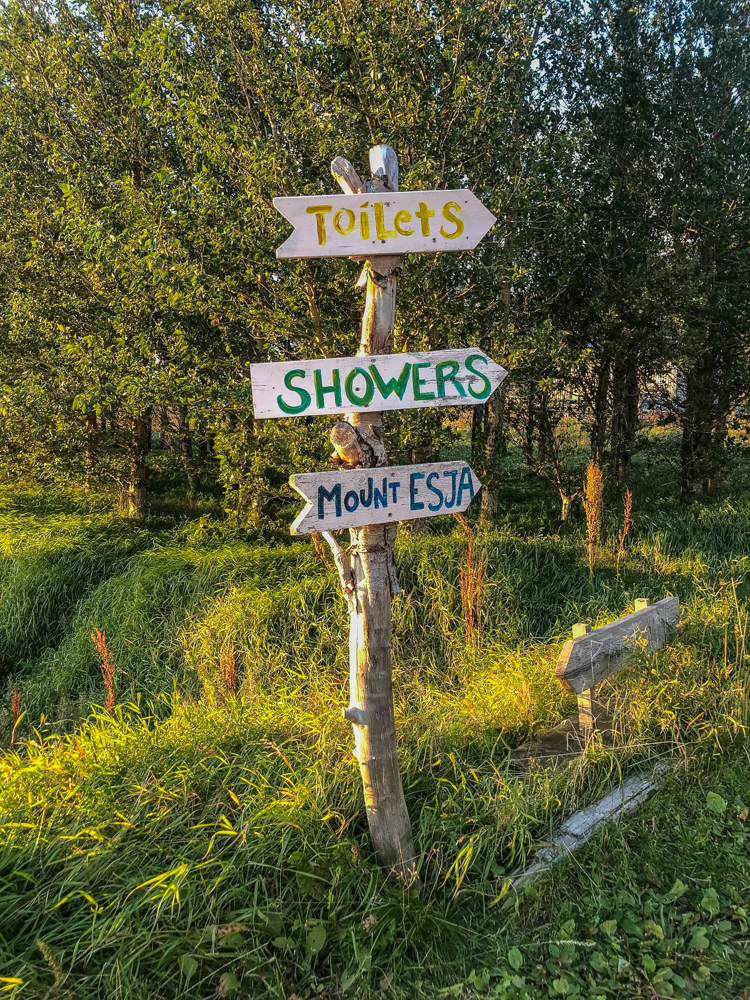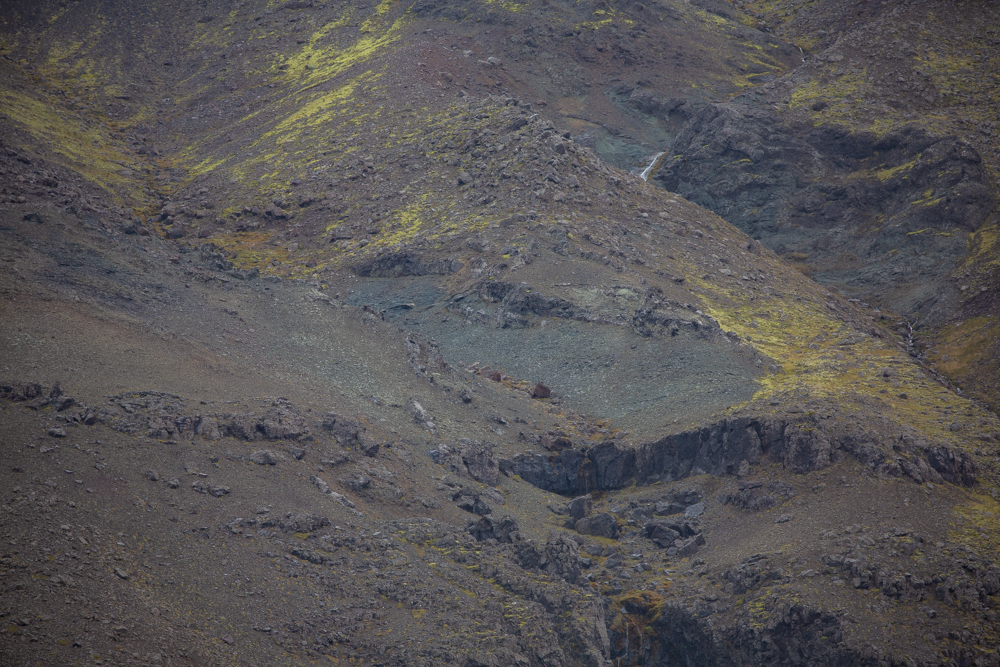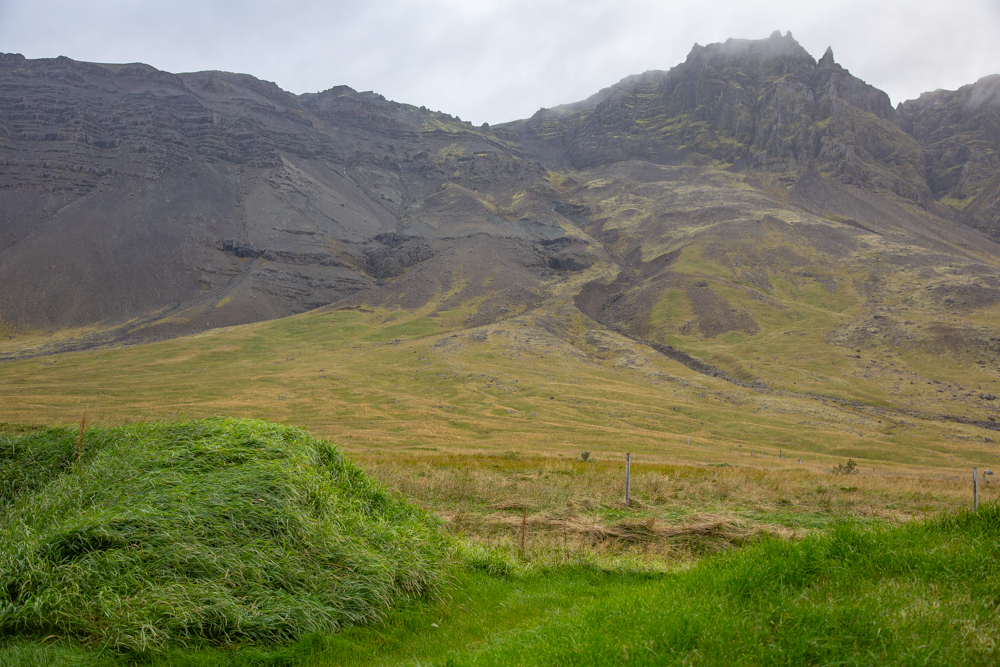Following our phenomenal two-week trip to Iceland, I dove headfirst into two packed weeks of growth. I wanted to capitalize on the beautiful weather and fall colors October brings to the Pacific Northwest. Growth events included a 3-day writers’ conference in Edmonds, critique group meetings, client sessions, lunches and walks with friends, and a handful of mountain adventures.
The biggest event in my month of connections was going to be a week-long visit to Asheville, NC to see my parents. Unfortunately, Hurricane Helene wreaked havoc on their home. I had to postpone my upcoming trip indefinitely. During a time of so many fun things, how can I get past the one giant disappointment? By focusing on what went right.

Growth: Embrace Small Wins and Community Connections
This was my thirteenth year (six years as a paid attendee and seven volunteering) participating in Edmonds’ Write on the Sound (WOTS) writers’ conference. As a senior member of the planning committee, I agreed to help host the online portion of the conference. This happened to be a day after I learned about Hurricane Helene’s devastation in my parents’ hometown.
I kept myself focused on the task before me on September 28, and again the following weekend for the in-person part of the conference. My tasks included introducing speakers, guiding lost participants, and evaluating sessions, among others. I also had several opportunities to connect with my accountability partner, Elena Hartwell Taylor.

Novel Writing Revisited
Attending the conference also renewed my interest in working on a manuscript that I shelved when I started my blog. Being a part of an intellectual community gives me a sense of creative purpose and reminds me why I write in the first place: To learn about what matters to me.
My online critique groups have also provided me with valuable insights on several pieces I shared. All eight of my writing partners seemed thrilled to learn that I wanted to give my novel another try. I am blessed to have the depth of support I do. In difficult times our community is critical to our mental and emotional well-being.

Venture Outdoors with Leadership Growth Potential
My alpine adventures in October have included a solo hike of Mt. Teneriffe, a return to McClellan Butte with two friends, a small group outing to Monte Cristo, and a trail work trip on the Wagon Train Trail near Franklin Falls.
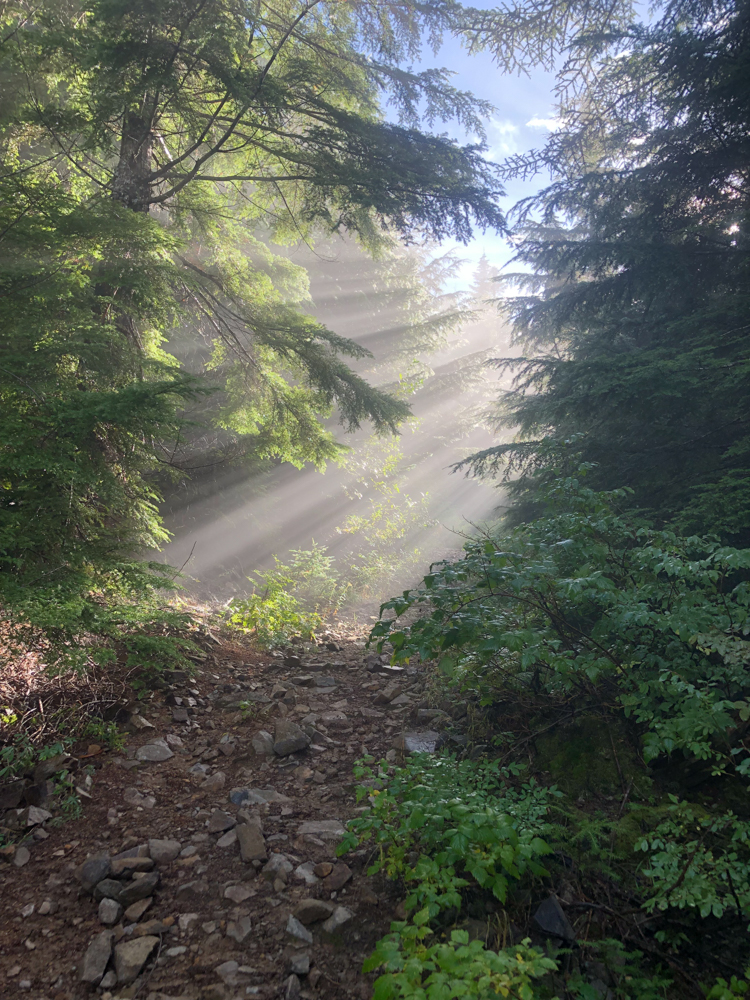
Each represents growth beyond my comfort zone. Teneriffe was a solo 13-mile, 4100′ gain trip that I completed in six hours. I had the mountain to myself except for two people I saw half an hour from the trailhead. Two friends and I hiked McClellan Butte on a Saturday, including part of the very exposed scramble at the top. There were maybe a dozen cars in the parking lot when we finished.
Our rainy 6-person hike to Monte Cristo’s Ghost Town confirmed how much I long to lead trips again. This time, hikes rather than climbs. Not only did the participants get along great, but I loved sharing my knowledge and skills with multiple people. With luck and good weather, I should complete my mentored hike by the end of November so I can lead off-season outings with the Mountaineers.

Trail Maintenance: A Different Kind of Exercise
The trail maintenance trip introduced me to a group of seasoned veterans with years of experience. Even though I can hike for six hours or more, doing demanding physical labor for the same amount of time is a different story. It reminded me of my time volunteering at the Woodland Park Zoo mucking out the giraffe barn and raking leaves on the savannah, another period of growth.
The WTA crew introduced me to trench digging, trail widening and narrowing, bridge flossing, rock hauling, root removal, and wood chip shoveling. I loved the satisfying feeling of accomplishment — that “Look what I helped create!” feeling — as we surveyed our work on the return to the cars. Now I can say I’ve helped beautify trails at my favorite place along I-90: Exit 47.

What’s more, all four alpine experiences deepened my commitment to getting outdoors. It helps that we’ve had gorgeous weather. Have I mentioned how much I adore October in the Pacific Northwest? I have since added two hikes to complete the requirements for leadership. And with luck, I’ll participate in other trail maintenance trips this fall.
Balancing Professional and Personal Growth
An area that has proven challenging during the past month is professional development. Sometimes I struggle to apply the new neuroscience material I’m learning. I don’t handle frustration very well. And neuroscience feels as complicated to me as rocket science.
But every time I find something that makes a difference to a client, it feels as rewarding to my brain as trail work and hiking are to my body. Am I generating new neurological pathways? I’ve been told that struggle leads to mastery. If we’re not struggling, we cannot grow. I’m trying to remember to embrace the pain as a way to move forward.

As I try new challenges, sometimes my sleep quality and self-care time decrease. Not good. Particular physical therapy exercises, grounding, eating healthy foods, and practicing mindfulness keep my engine running when I do them. My challenge is making sure I keep a balance between challenge and restoration. To thrive means doing mentally challenging tasks while also ensuring I keep recuperative efforts.
Managing Anxiety
The day after the online portion of the conference (Sunday, September 29) I tried to reach my parents without success. Their power, water, landline, and cell services were all knocked out. A powerless feeling settled around my neck and shoulders. I wanted so badly to help, to comfort them in some way, perhaps by extension, comforting myself.

I dove into physical chores: draining and scrubbing the hot tub; scouring the basement shower; raking and sweeping using tools my parents sent a few years ago. Logically, I knew none of those chores would help them. But they allowed me to think grateful thoughts and send healing wishes across the country. Now that I know they’re physically okay and their house is under the care of a general contractor, I feel a release of some anxiety.
Navigating Disappointment and Finding Perspective
On Friday, my mother texted an update to me and asked to FaceTime. At the same time, United Airlines sent a second change in my flights. This time, however, they booked me on flights I never would have chosen myself. As I tried contacting my mom, I had a sinking feeling I’d have to postpone my visit. Too many signs were telling me to delay travel.
Sure enough, my mom told me about the house damage and contract work starting during the proposed visit. They wouldn’t have running water until (at the earliest) the very end of my week-long visit. To make things worse, while we talked, my husband had to start a work call, cutting our call short.
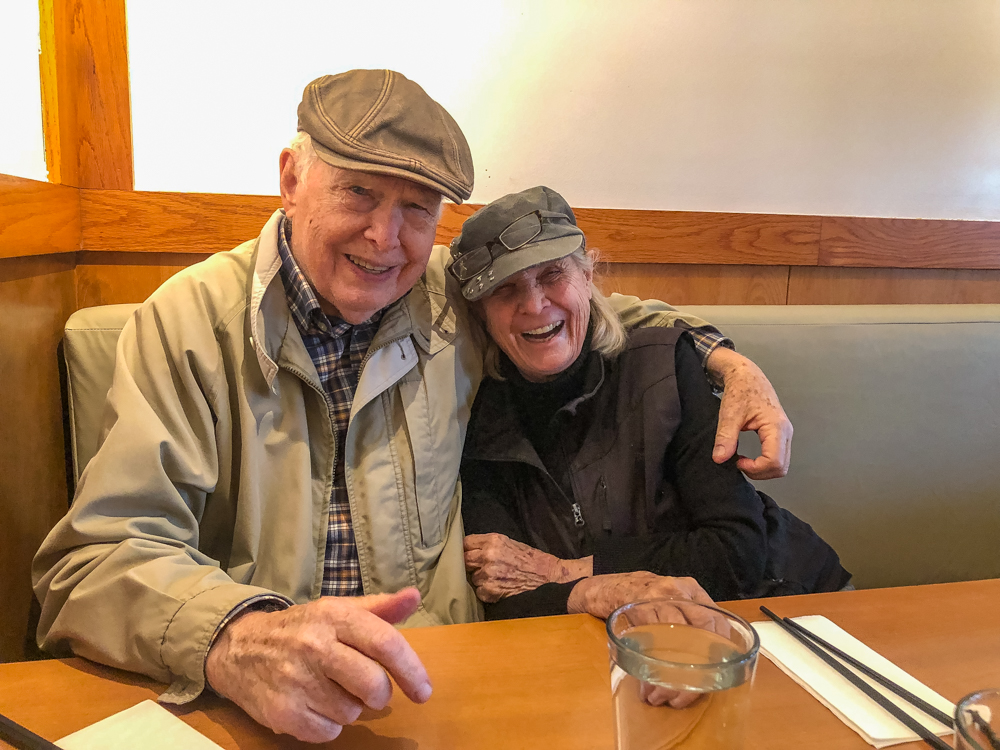
Understanding the Hidden Message Behind a Craving
Emotionally drained, missing my parents, and feeling very sad, I almost succumbed to a primal urge to binge on chocolate. You crave connection, not chocolate, my inner voice whispered. Aha, connection – to myself, with others. Chocolate wouldn’t help. Another growth opportunity!
Instead, I took Ajax for a long walk and tearfully focused on taking deep breaths. I enjoyed a lovely lunch with a dear friend. My husband and I played ping pong and enjoyed a movie night. And I started counting my blessings.

One silver lining was learning about the airline’s cancellation policy (security is my Achilles’ heel). Because United had already made two changes to the ticket, I was eligible for a full refund. Knowing I wouldn’t be out that investment helped. I took my journal to the backyard to ground, letting Mother Earth do her job to center me, and gradually, I felt better. Working on this blog post and focusing on gratitude got me to the point this weekend where I almost felt giddy about the many good things in my life. Growth in action.
Choosing Gratitude in the Face of Change
While I may not get to connect in person with my parents as planned, rather than dwelling on that setback, I can focus on everything going well. Over the past two weeks, I met some potential new hiking partners, including one who might be someone I could co-lead with. I found a new way to give back to the mountains and my hiking community by helping maintain and rebuild trails.
The middle-grade novel I set aside three years ago has drawn me back with renewed interest and excitement. My husband and I are studying a neuroscience curriculum that is challenging me mentally and physically and has the potential to provide enormous benefits to my clients.

Takeaways
Can I spin the big negative into a positive? My folks will likely have running water in another month, so I could look for dates in early 2025 for a visit. By then, they’ll have the roof repaired and guest bedrooms fixed. Not only will they be able to enjoy visitors, but the restaurants and community of Asheville will have more time to re-establish equilibrium after pervasive flood damage.
We can’t change natural disasters. But we can change our reactions to them. My parents are fortunate: they live outside of the flood zone. They have each other and their physical health. Their community is banding together in creative, unique ways. And while they have a hole in their roof, their house still stands, intact, with phone, cell, and electrical services restored.
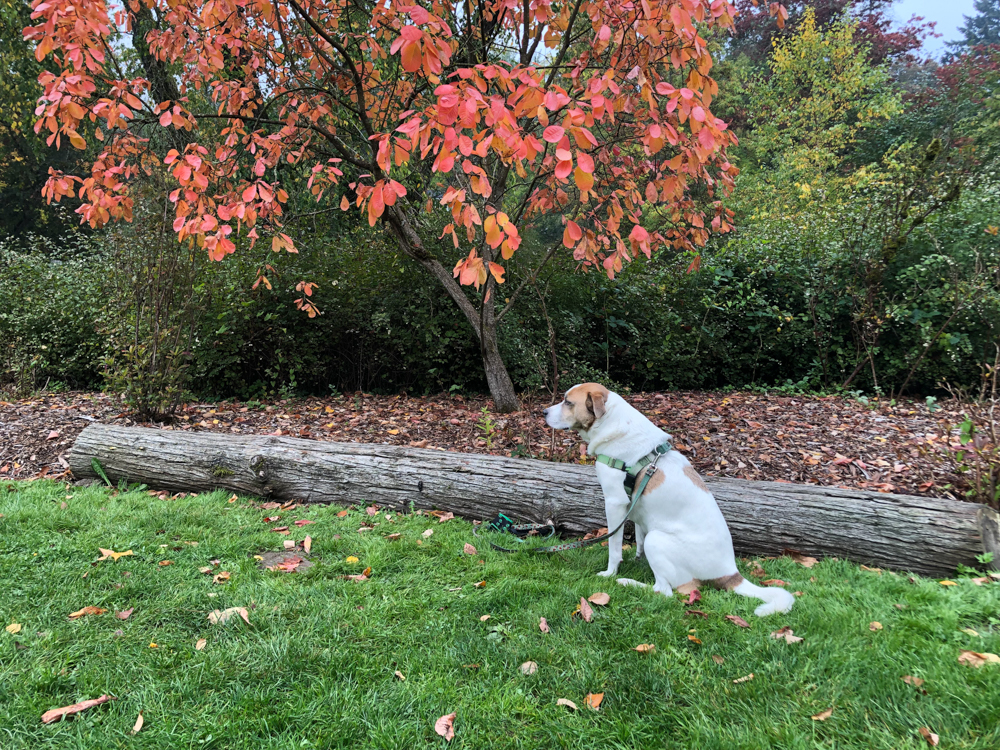
My parents have endured a lot. They’re resilient. And patient. I’ll have to be, too. So, I will turn my focus toward strengthening local connections within the Mountaineers, WTA, colleagues, clients, and my writing community. I know that I’ll visit Asheville again when the timing is better. We cannot choose the timeline, but we can choose our attitudes about it.
If you have examples of shifting your attention away from negatives and toward gratitude, share them in the comments so we can all learn. I love hearing from readers!

